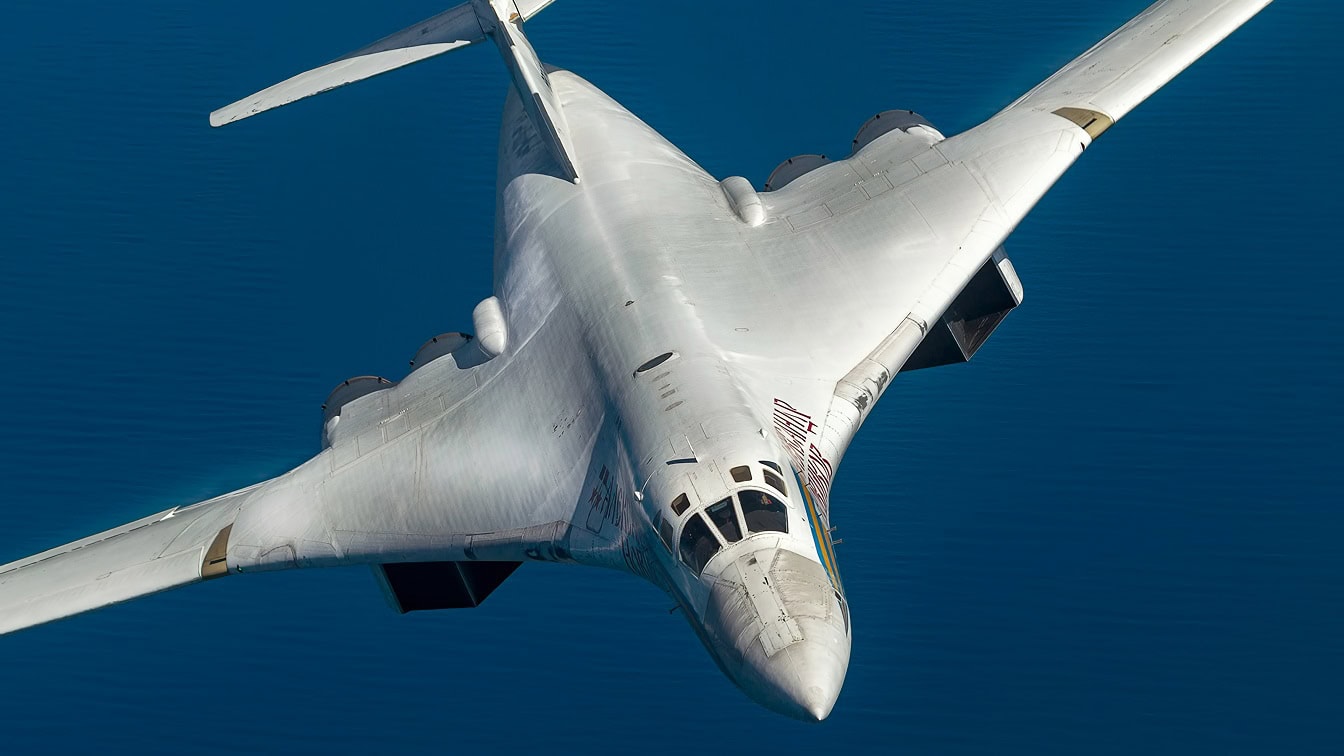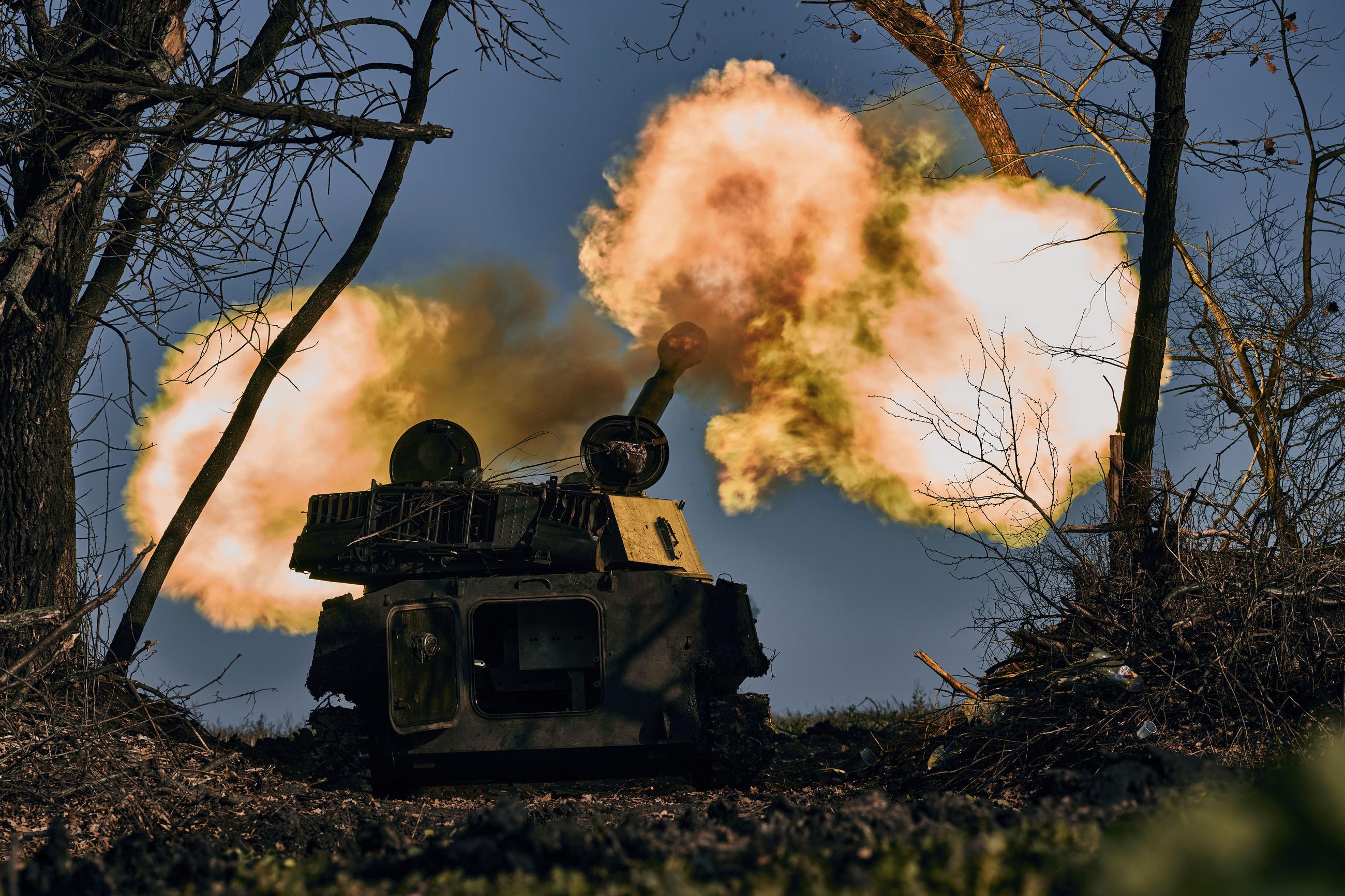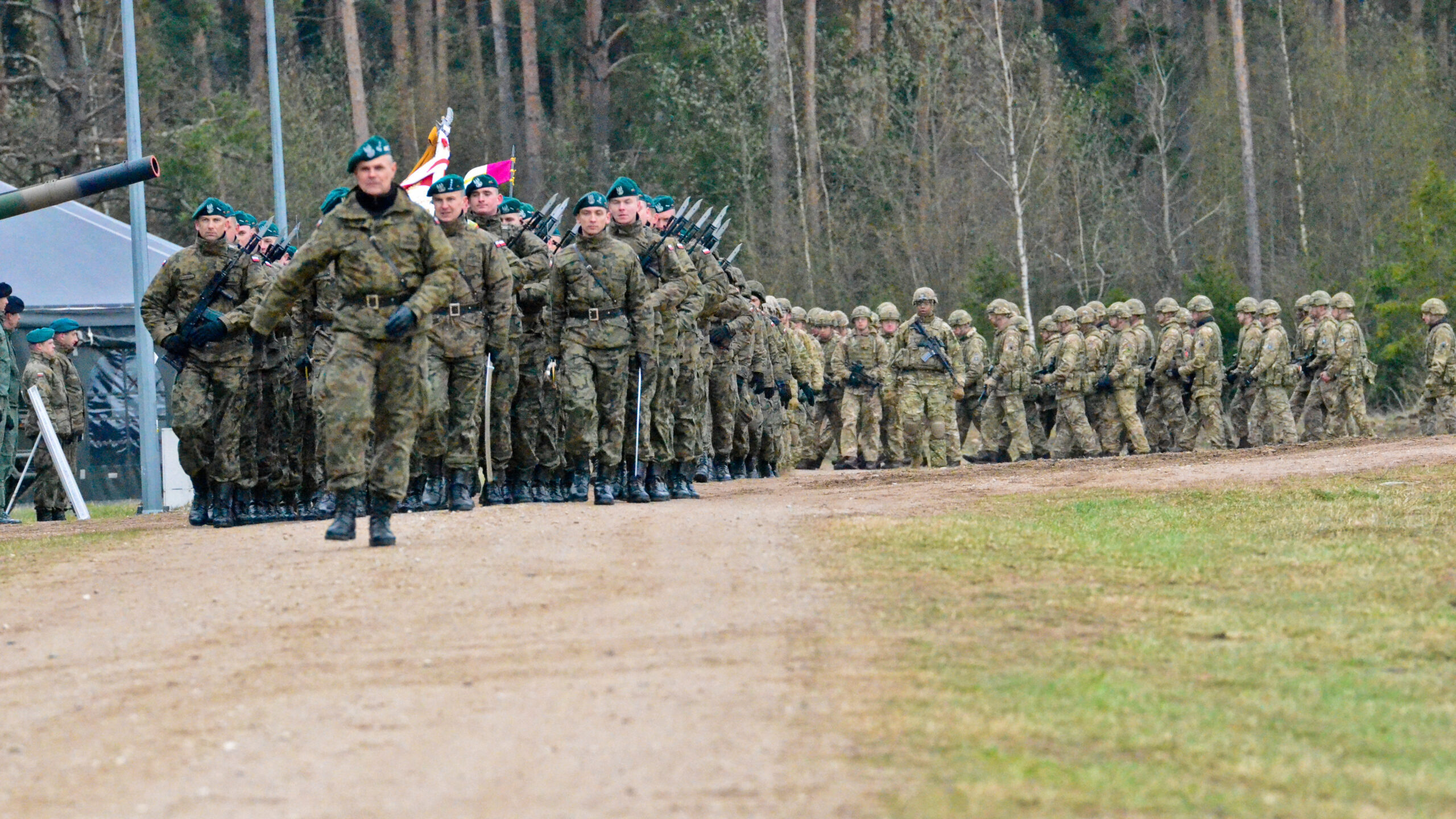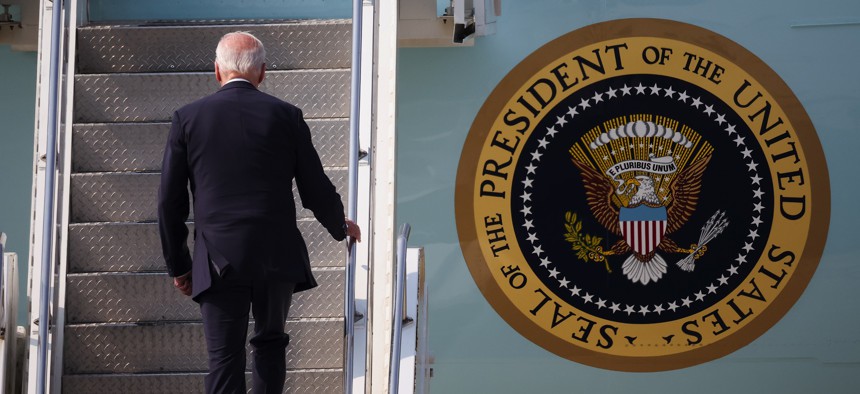Robert Farley

Russia has decided to try to win its war with Ukraine by resorting to terror bombing. What chances does the campaign have for success?
An Extraordinarily Brief History of Strategic Bombing
World War I saw the first strategic bombing campaigns, with Germany using Zeppelins and heavy, long-range aircraft to inflict damage primarily upon British cities. The campaign was not extensive enough to cause serious damage to British industry, but it did kill a fair number of civilians and caused panic, if not demoralization, on the British home front. Germany made another half-hearted attempt at a strategic bombing campaign in the first year of World War II, but this rapidly gave way to the Combined Bomber Offensive, the British and American effort to destroy German industry and morale.
A similar campaign against Japan ended with the dropping of two atomic bombs. The US undertook strategic bombing campaigns in both the Korean and Vietnam wars to little substantial military effect. Apart from the atomic attacks on Japan none of these campaigns are regarded as having been decisive to winning a war, but almost all of them killed a lot of people and destroyed a lot of property.















:quality(100)/cloudfront-us-east-1.images.arcpublishing.com/thesummit/Q4V5M75NPNHAHH4ZC5ZORIBTLA.jpg)